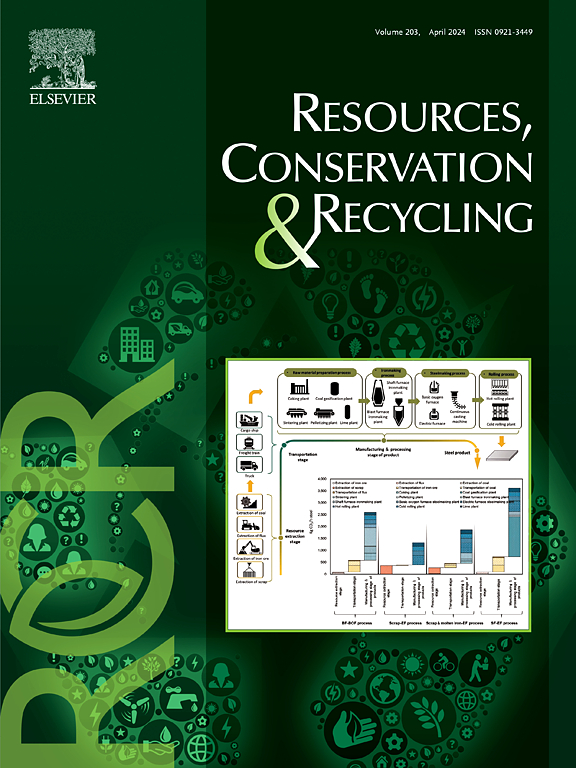Metabolism of interconnected cities: A review of the literature and analytical framework
IF 10.9
1区 环境科学与生态学
Q1 ENGINEERING, ENVIRONMENTAL
引用次数: 0
Abstract
The way in which urban areas metabolise resources is determined by several factors such as infrastructure, urban characteristics, energy and material flow, policies and economics, as well as links with other cities. Interconnectivity between urban areas can result in distinct types of clusters, yet Urban Metabolism (UM) literature has often overlooked this aspect.UM literature on interconnectivity between urban areas was reviewed in the Scopus database. 74 peer-reviewed papers were selected for review which focussed on interconnected urban metabolic networks. The initial analytical flow included the identification and classification of linkages and methodologies found in research. The methodologies were categorized into three types: integrated, networked, and integrated-networked. The linkages were classified into three categories: UM capacity, UM requirements, and Urban Characteristics. Reversing this analytical process, a framework was developed that allows researchers to begin with specific research questions (e.g., UM capacity, UM requirements, or urban characteristics) and systematically select the appropriate linkages and methodologies. The analysis revealed that an integrated approach, incorporating spatial analysis, is essential for understanding interconnected urban networks. This framework offers a systematic approach to planning UM studies, particularly in relation to urban spatial linkages.

互联城市的新陈代谢:文献综述与分析框架
城市地区的资源代谢方式由几个因素决定,如基础设施、城市特征、能源和物质流动、政策和经济,以及与其他城市的联系。城市区域之间的互联互通可能导致不同类型的集群,但城市代谢(UM)文献往往忽视了这一点。在Scopus数据库中审查了关于城市地区之间互联性的UM文献。选择74篇同行评议论文进行综述,重点是相互关联的城市代谢网络。最初的分析流程包括确定和分类研究中发现的联系和方法。这些方法分为三种类型:集成、网络化和集成-网络化。这些联系被分为三类:城市容量、城市需求和城市特征。将这一分析过程反过来,开发了一个框架,使研究人员能够从具体的研究问题(例如,UM能力,UM要求或城市特征)开始,并系统地选择适当的联系和方法。分析表明,整合空间分析的综合方法对于理解相互关联的城市网络至关重要。该框架为规划UM研究提供了系统的方法,特别是与城市空间联系有关的方法。
本文章由计算机程序翻译,如有差异,请以英文原文为准。
求助全文
约1分钟内获得全文
求助全文
来源期刊

Resources Conservation and Recycling
环境科学-工程:环境
CiteScore
22.90
自引率
6.10%
发文量
625
审稿时长
23 days
期刊介绍:
The journal Resources, Conservation & Recycling welcomes contributions from research, which consider sustainable management and conservation of resources. The journal prioritizes understanding the transformation processes crucial for transitioning toward more sustainable production and consumption systems. It highlights technological, economic, institutional, and policy aspects related to specific resource management practices such as conservation, recycling, and resource substitution, as well as broader strategies like improving resource productivity and restructuring production and consumption patterns.
Contributions may address regional, national, or international scales and can range from individual resources or technologies to entire sectors or systems. Authors are encouraged to explore scientific and methodological issues alongside practical, environmental, and economic implications. However, manuscripts focusing solely on laboratory experiments without discussing their broader implications will not be considered for publication in the journal.
 求助内容:
求助内容: 应助结果提醒方式:
应助结果提醒方式:


